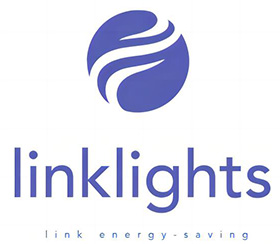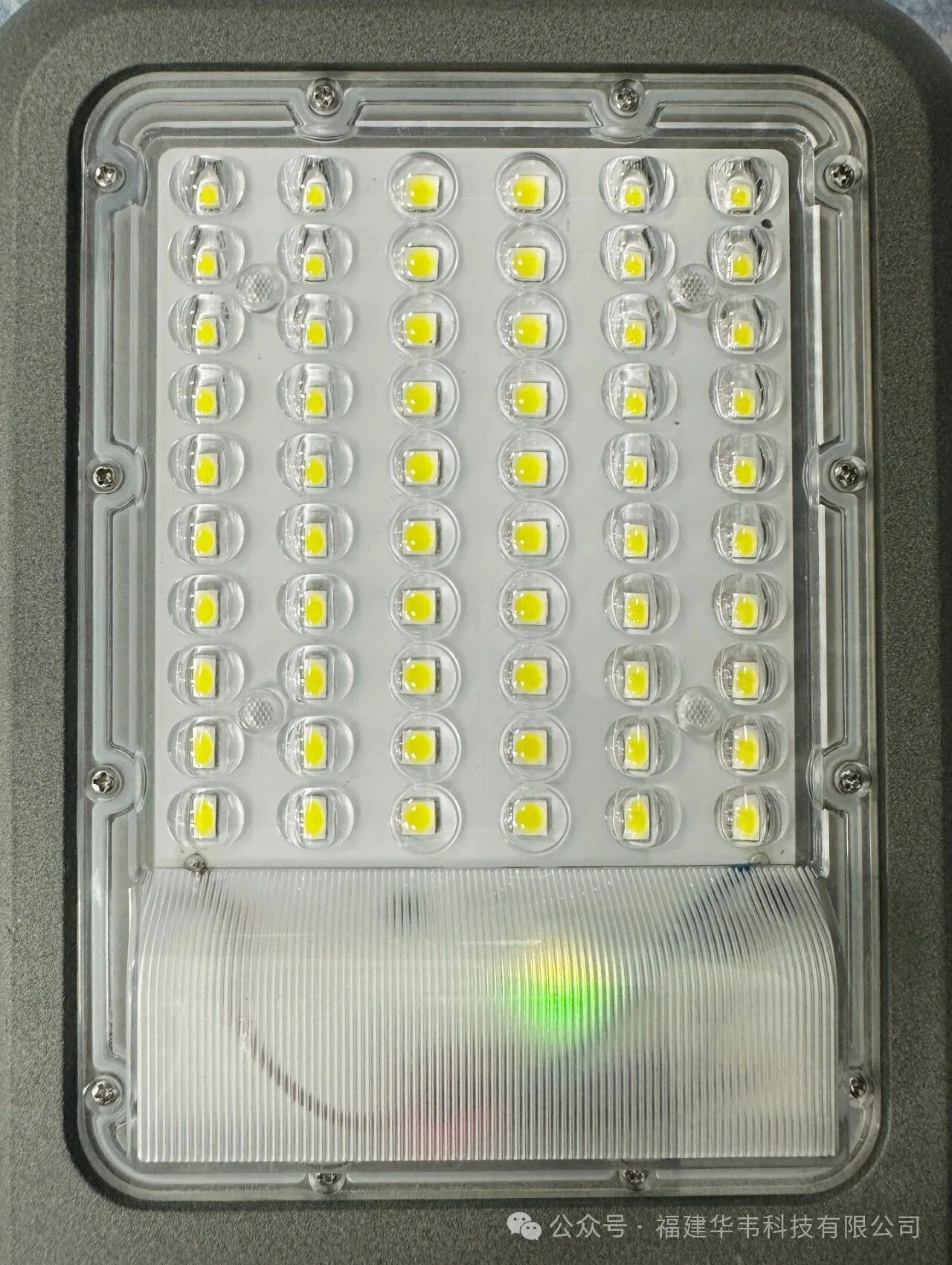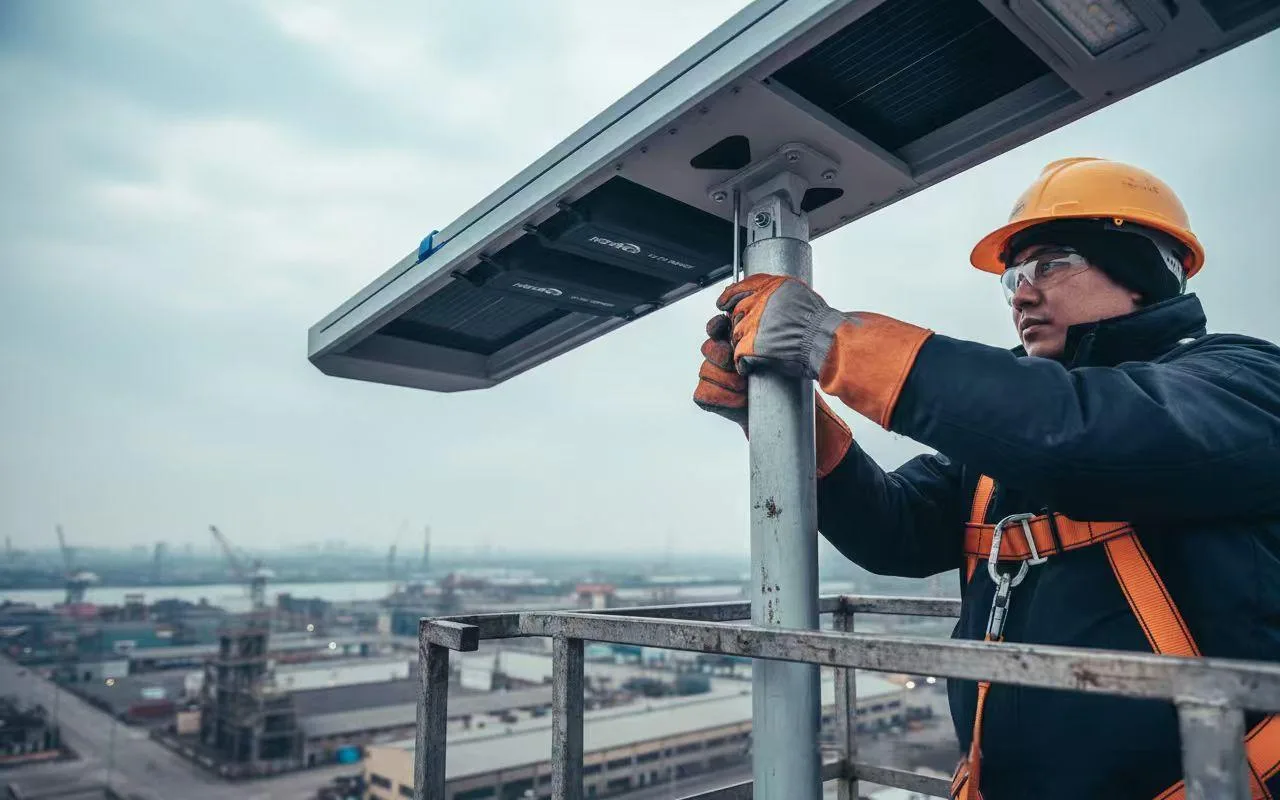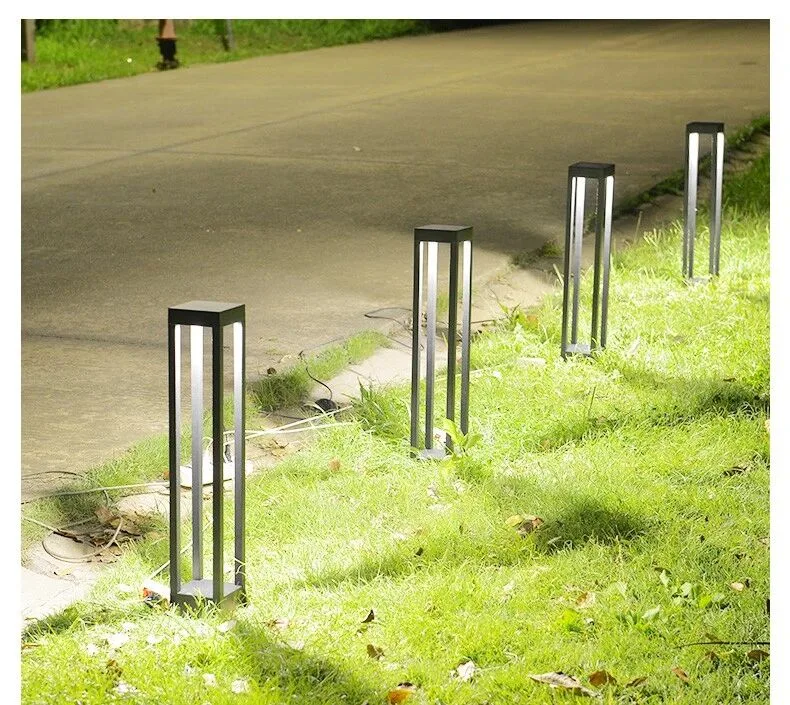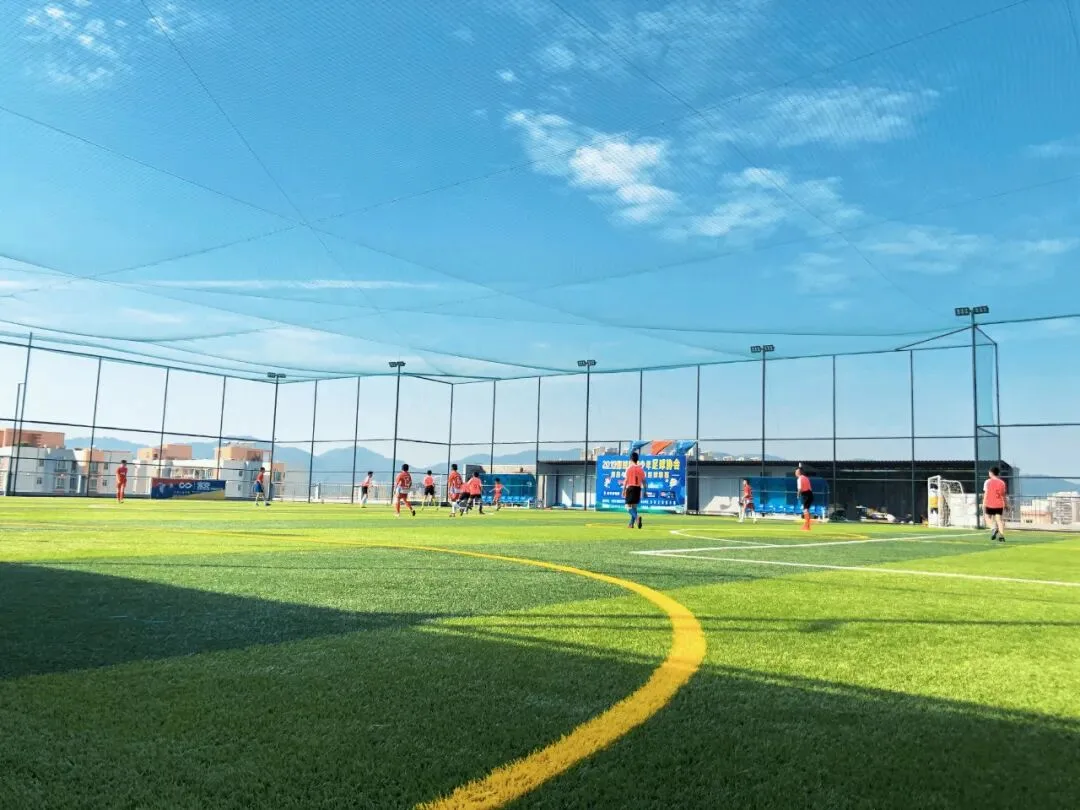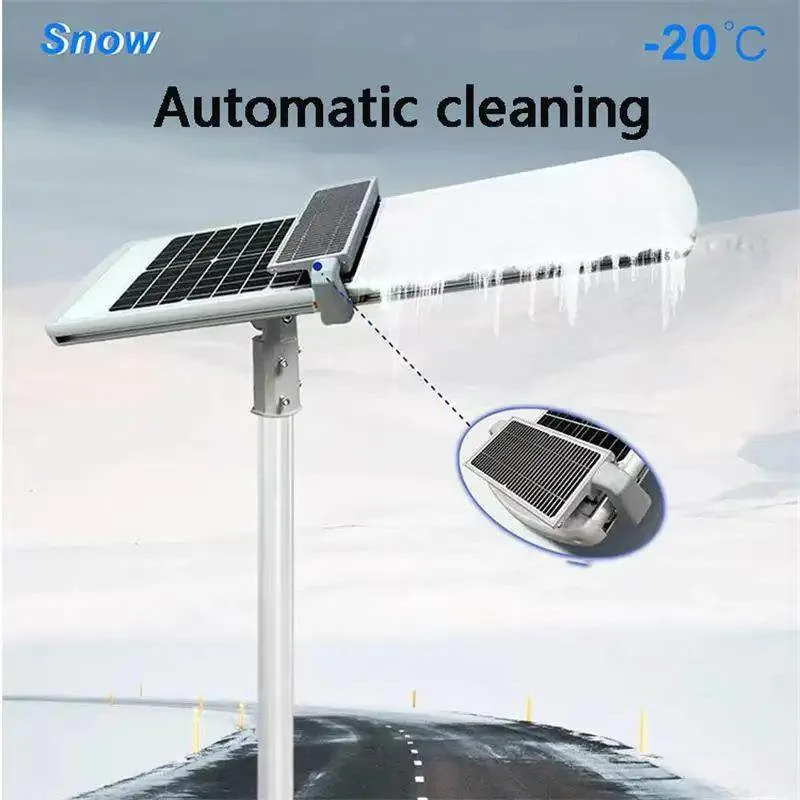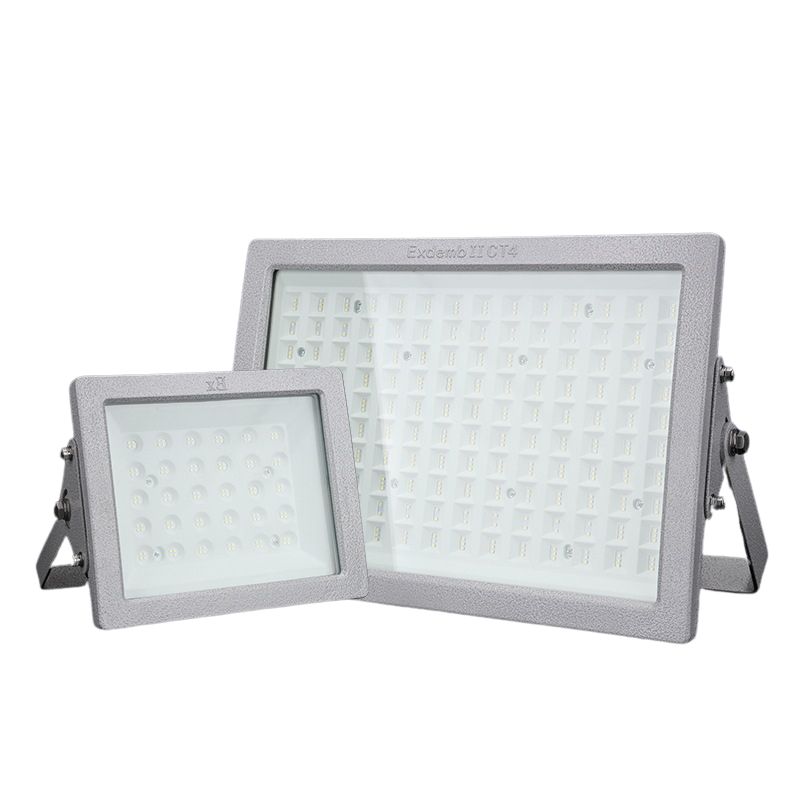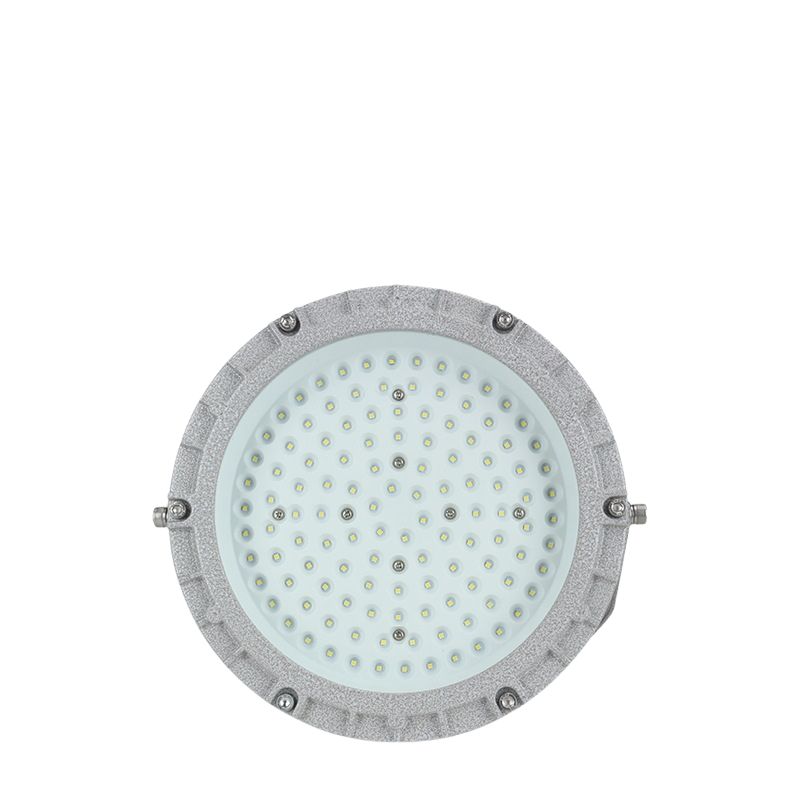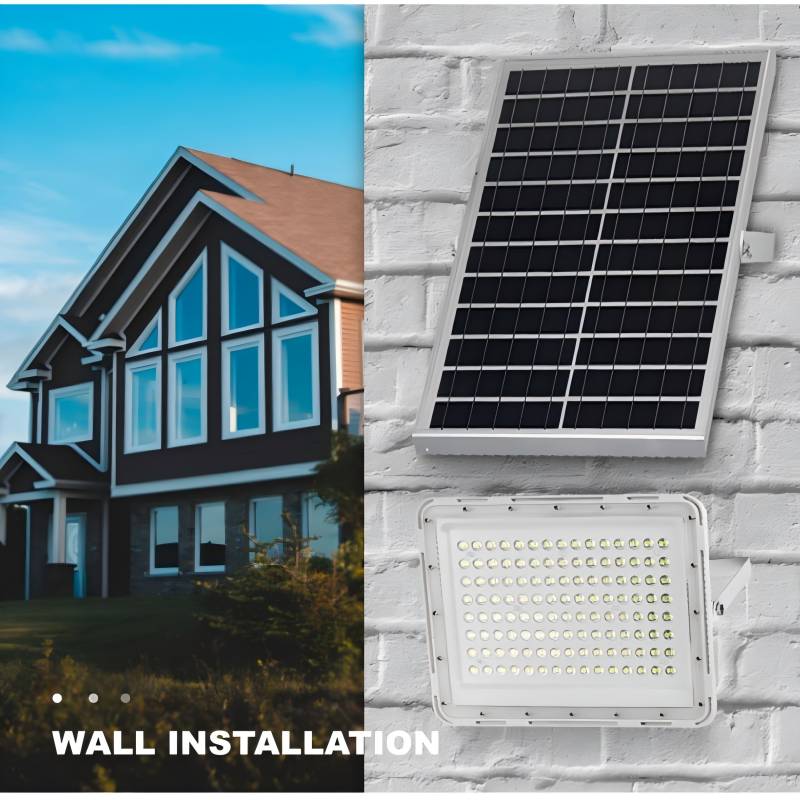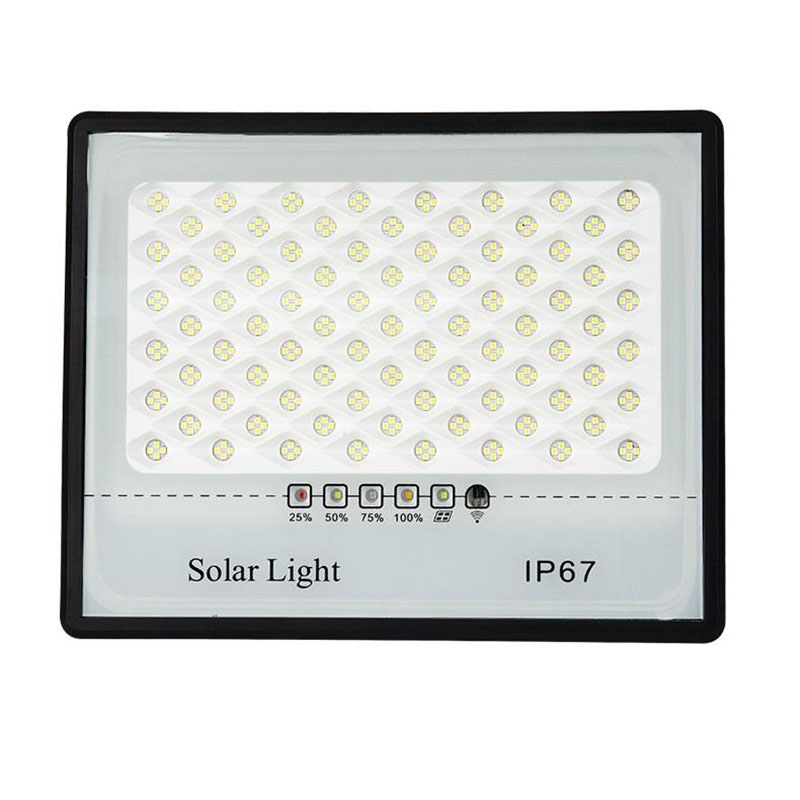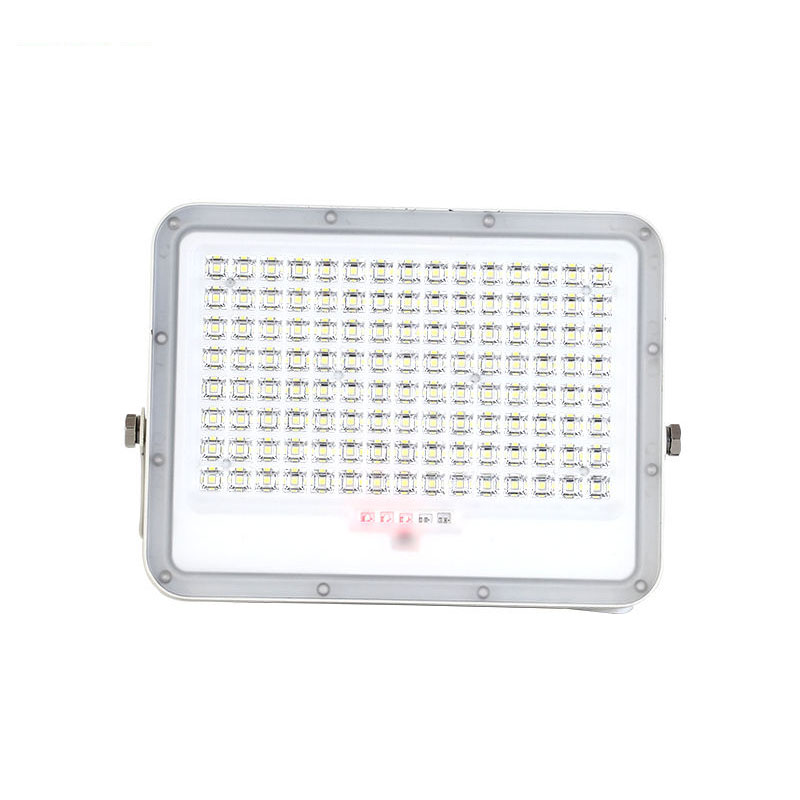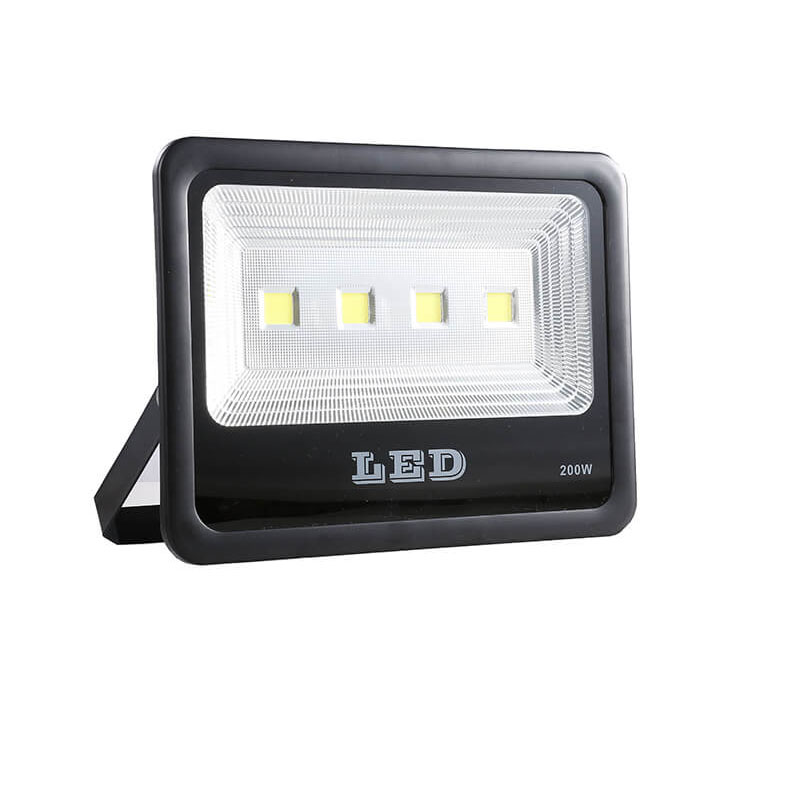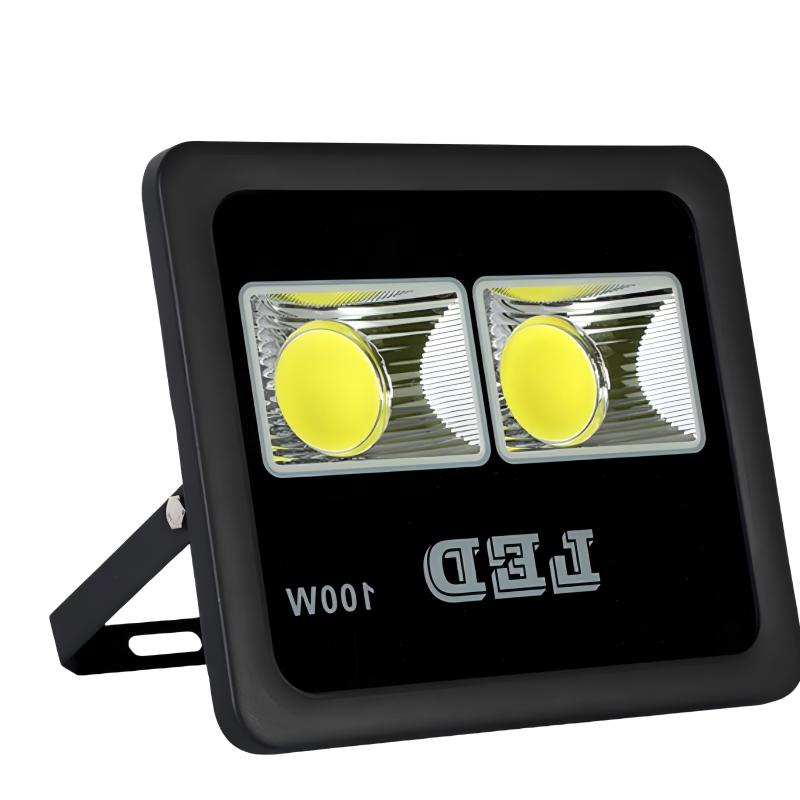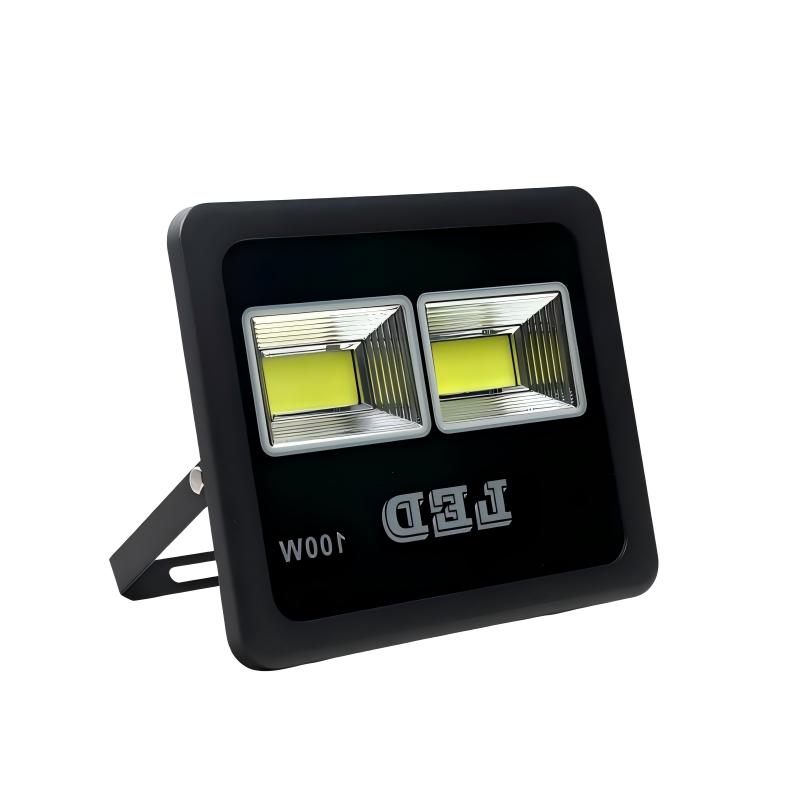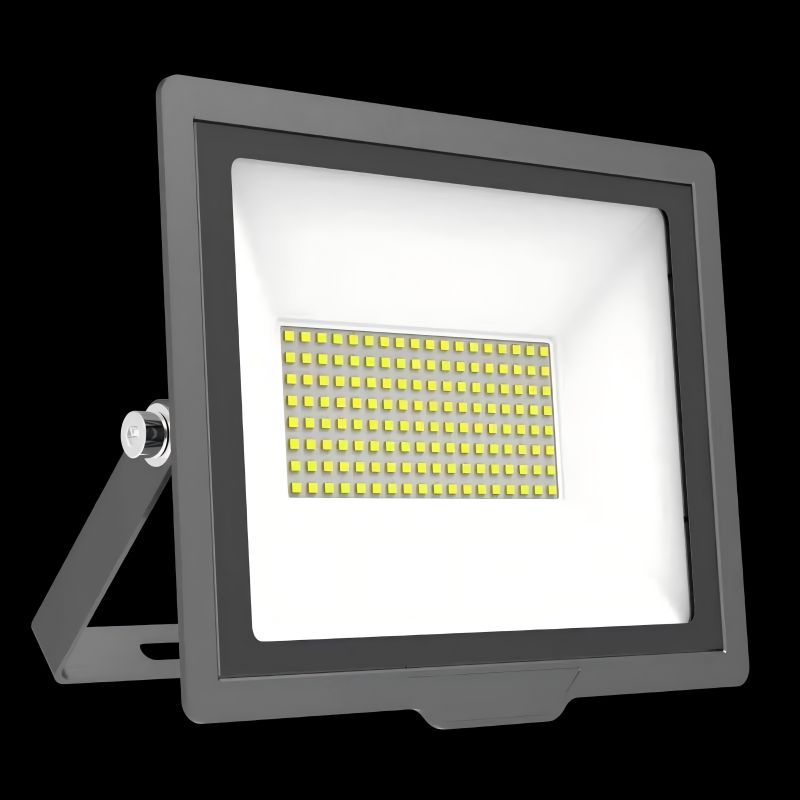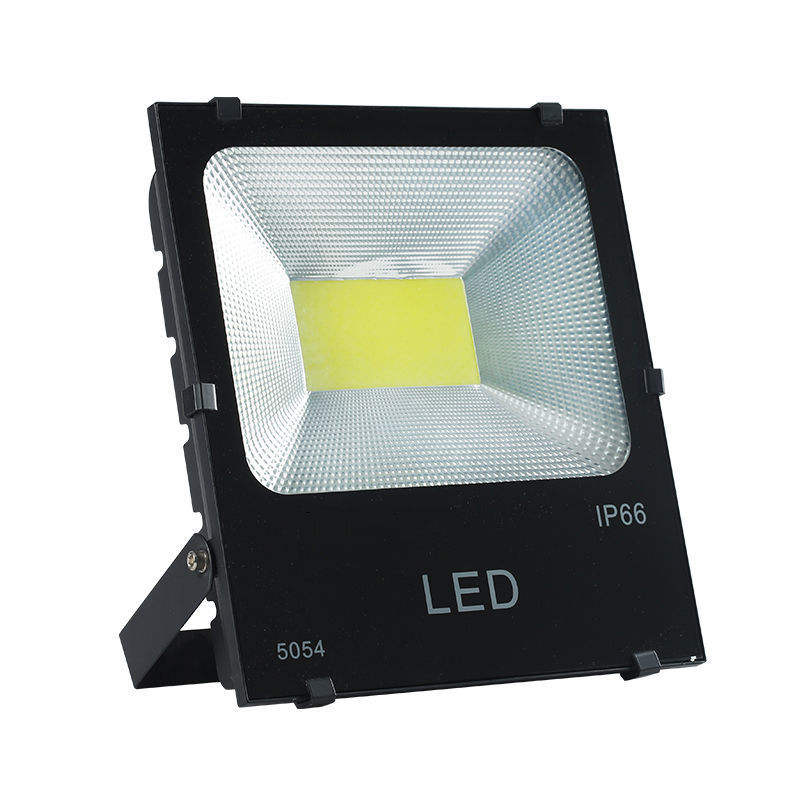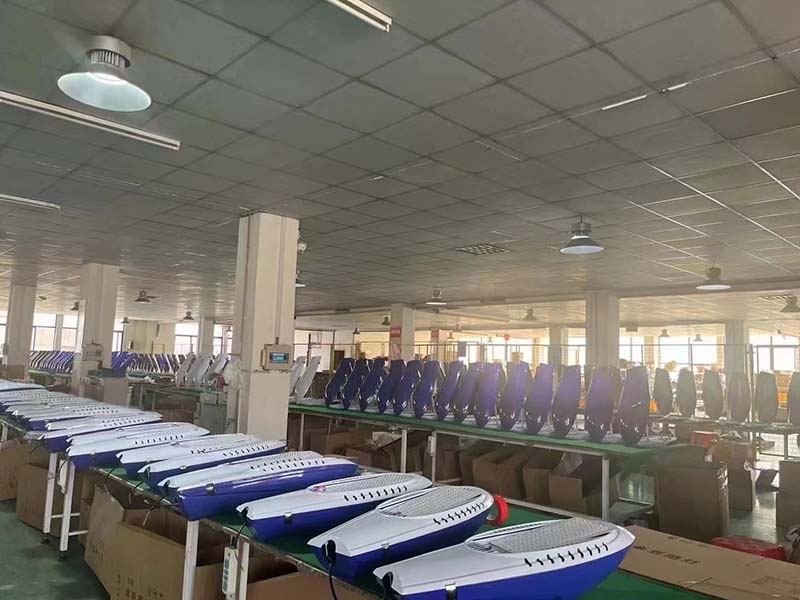Introduction
Why energy efficiency isn’t the only factor
Switching to LED or solar saves energy But what if that’s only part of the story? Let’s dig deeper into what truly drives these “energy-efficient” solutions and whether they’re the right fit for your needs.Take a recent experience from one of our Linkolights customers:
“I bought these ‘energy-efficient’ solar lights floodlights for my cattle barn. They failed after just 5 months, and now I’m using a handle light to check on my cattle at midnight!”
The problem? solarbright floodlights, often marketed as offering “free energy,” struggle in extreme temperatures. According to the National Renewable Energy Laboratory (NREL, 2023), solar output can drop by up to 41% in harsh environments — like the -30°C winters of Canada or the 50°C heat of deserts.In temperate climates, solar floodlights might be a great solution. But if you live in extreme conditions, you might find that the energy savings aren’t worth the frustration of unreliable performance when you need it most.
What are led floodlights and solar floodlights?
what are led flood lights?
LED floodlights are a great solution for brightening large areas. They can cast a wide beam, typically up to 120 degrees, to provide excellent flood light area coverage for big spaces. These beams flood lights are usually pole mounted led flood lights or wall mounted flood lights, allowing for easy adjustment of the light angle to direct the illumination where it’s needed most. Whether for an outdoor field or an led lighting space, these lights provide efficient and versatile lighting solutions.
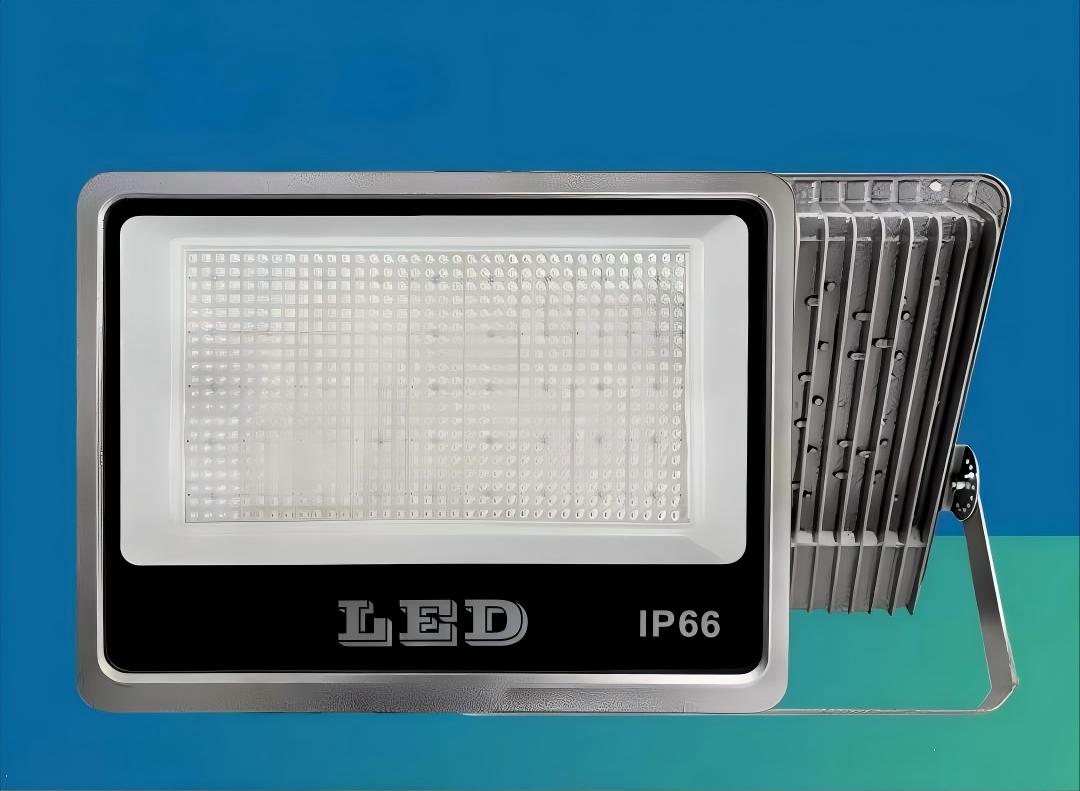
how do flood lights work?
LED floodlights use strong flood lights like halogen flood light, metal halide flood light, or high pressure sodium flood light. Reflectors or lenses help focus the light and control how bright do you want a flood light to be, as well as how spread out the beam is. This helps provide good and effective lighting for many outdoor and indoor uses.
What are solar led flood lights?
LED solar powered flood lights are lights that use sunlight to work. They mix solar power with floodlight features.
how do solar flood lights work ?
The solar panel for flood light takes in sunlight, changes it into energy, and stores it in a battery. During the night or in low light conditions, the battery powers the led lights flood , enabling off grid lights to shine without using the power grid.
Some of the benefits of led flood lights are:
Energy Efficiency
led lights flood save energy and lower electricity bills because LED lights use less power and last longer than traditional light. They also produce less heat and show more accurate, natural colors thanks to their high CRI.
Durability
led floodlights are built to handle tough weather, such as rain, snow, wind, and dust. They are resistant to corrosion, rust, and damage. They can also work in a wide range of temperatures and last up to 50,000 hours or more.
Flexibility
Floodlights are easy to adjust and customize for different needs. They come in different colors, brightness levels, and beam angles. Another, you can control them remotely or with outdoor smart lighting control systems,making it easier and more convenient for you.
Aesthetics
Floodlights can make a property look better and increase its value. They can also create different moods for different occasions.
Today, LED and solar powered flood lights are popular for outdoor lighting. But choosing the right light for harsh environments needs more understanding of how weather affects these lights. This article looks at how weather conditions affect LED and solar flood lights, explains how ip and IK ratings help choose the best weather resistant outdoor lighting and gives tips for choosing the right lighting for different environments.
Key decision drivers: Climate, budget, installation
Extreme Cold
flood led lights work well in cold climates. They are designed to handle very low temperatures and continue functioning efficiently in freezing weather, making them a great choice for led lights in cold weather.However, solar power outdoor flood lights can have problems in the cold. Solar panels produce less energy in winter, which means they charge less effectively and the lights may not last as long. In very cold places, this reduced efficiency makes the lights less reliable. When choosing rechargeable outdoor flood lights, look for lights with high-efficiency batteries, such as lithium titanate batteries, and consider adding heaters to ensure the batteries perform well in cold weather.
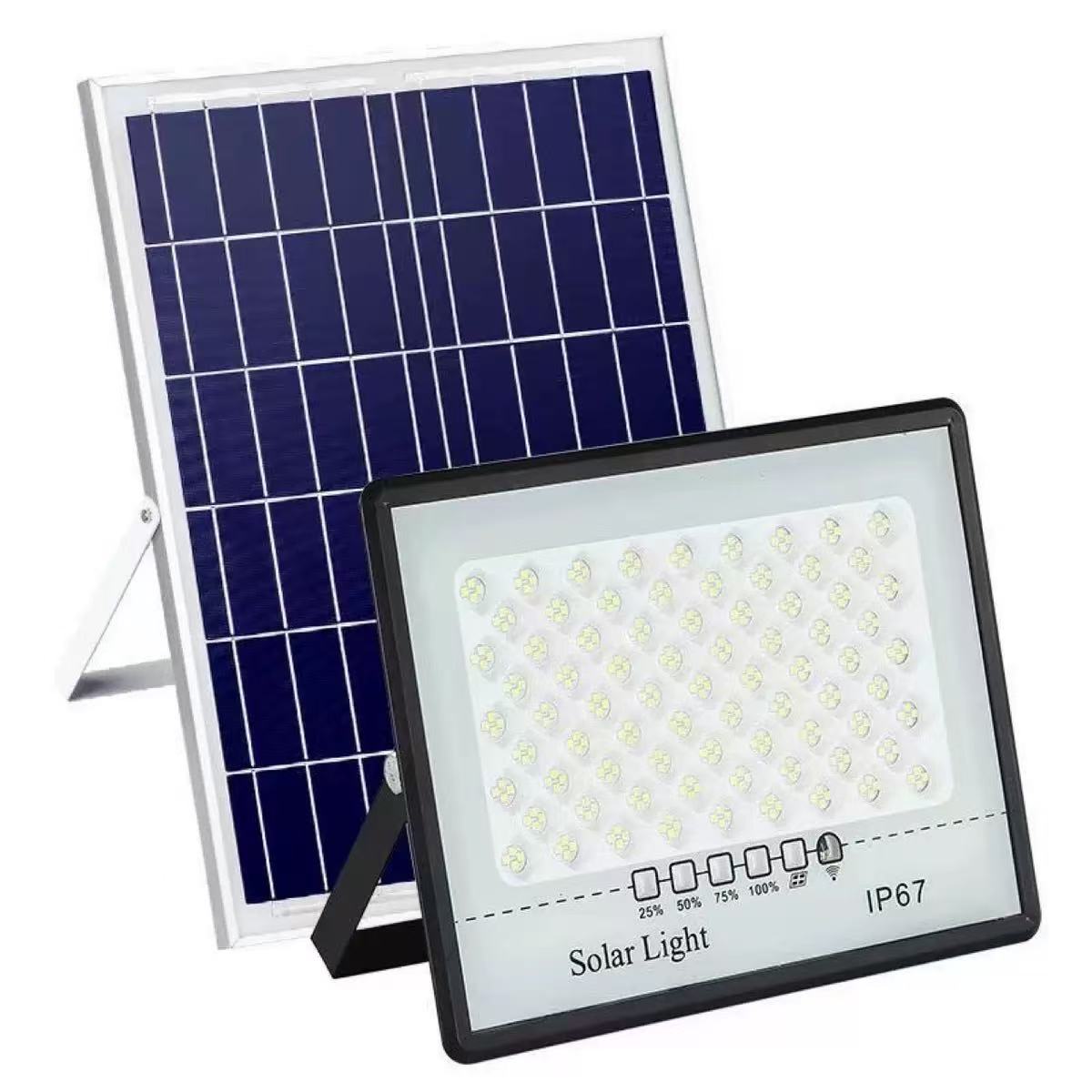
High Humidity and Precipitation
In areas with high humidity and frequent rain, flood led lights are better at resisting moisture because of their solid design. They can stop water vapor from getting inside, but they still need regular checks and maintenance over time.solar flood lights, however, are more likely to have moisture problems. Water can get into the part where the solar panel and battery meet, which can make the lights less efficient or cause short circuits. When choosing solar powered led flood lights, make sure they have a high waterproof rating and clean the solar panels often to prevent water buildup or mold. Also, consider adding a roof rain guard to protect the lights from direct exposure to heavy rain.
High Temperatures
In hot environments, LED flood lights are better at handling high temperatures, especially those with good heat dissipation systems. These lights can last longer in hot conditions and are a great choice for high temperature lighting.However, without proper heat dissipation, high temperatures can make LED lights age faster and reduce their efficiency.solar flood light has more problems in hot weather. Solar panels don’t work as well in high heat, so the lights may not charge fully. Also, the heat can damage the batteries and shorten their life. When choosing solar flood lights, make sure to pick lights made with heat-resistant materials and use solar panels that are more efficient in the heat.
Areas with strong dust and wind
In places with a lot of dust or strong wind, the dustproof and impact-resistant design of led flood lights is very important. ip65 weather resistant ratings or higher can stop dust from getting inside the light and help avoid problems. Strong winds can make the light unstable. It’s best to use LED lights with high IK ratings for better protection against impact.For solar flood lights, dust can make the solar panels charge slower, and strong winds can make the lights unstable or even cause damage. So, it’s important to choose solar lights with high ip65 rating and IK ratings. Clean the solar panels often to keep them working properly.
Environmental selection suggestions
Cold areas: led flood lights bulbs are usually more reliable. If using led solar panel flood lights, choose models with heaters or high-efficiency batteries to work better in cold weather.
Wet or rainy areas: led lights flood lights work better in humid places. But led solar powered flood lights can also work well if they have good waterproofing and are cleaned often.
Hot or dry areas: LED flood lights work well in hot weather, but make sure they have good heat dissipation. Solar flood lights should have heat-resistant designs and high-efficiency solar panels to last longer.
Low-light areas (like cloudy days or winter): Solar flood lights might not charge enough in low light. To make sure they work well, choose lights with bigger batteries to store more energy on sunny days. You can also get better solar panels that allow the lights to charge solar lights without sun during cloudy days. If the low light lasts a long time, you can use a hybrid power system that combines solar power and grid electricity to keep the lights on.
Understanding IP and IK Ratings for Harsh Conditions
When choosing lights for tough environments, it’s important to understand IP and IK ratings:
IP Ratings show how well the light is protected from dust and water. For example, IP65 means the light is dustproof and can handle water sprays from any direction.
IK Ratings show how well the light can resist physical impacts. IK10 is the highest level of protection, making it good for places with strong winds or areas that might be damaged by people.
Conclusion
Understanding how weather and climate conditions impact LED and solar flood lights is crucial for selecting the right lighting solutions for extreme environments. By considering factors such as temperature extremes, humidity, and dust, and leveraging protection standards like IP and IK ratings, you can make informed decisions that ensure durability and efficiency. Whether you’re lighting up a backyard in a snowy region or a commercial space in a desert, the right choice of lighting can enhance safety, security, and sustainability. For those in low sunlight areas, exploring advanced battery solutions and hybrid systems can provide reliable illumination year-round. Embrace the power of technology and innovation to light up your world, regardless of the weather challenges you face.
FAQ
How long do solar floodlights last?
High-quality solar floodlights typically last 3-5 years depending on battery quality and usage. The LED chips themselves can last up to 50,000 hours, but battery degradation is usually the limiting factor. Choosing models with lithium-ion or LiFePO4 batteries can extend lifespan.
2. Can solar floodlights work on cloudy days?
Yes, but with limitations. High-efficiency solar panels can still generate power on cloudy days, although the output is reduced. For areas with frequent cloudy weather, it’s recommended to use solar floodlights with large battery capacity or hybrid solar systems connected to the grid.
Are LED floodlights brighter than solar floodlights?
LED floodlights connected to the power grid generally provide higher brightness levels (lumens) than solar floodlights, making them suitable for commercial and security applications. However, recent advances in solar-powered LED technology have significantly improved brightness, suitable for residential and small-area coverage.
Which is easier to install: LED floodlights or solar floodlights?
Solar floodlights are easier to install because they require no wiring and can be mounted almost anywhere with adequate sunlight. LED floodlights often require professional installation involving electrical connections, especially for high-power models used in industrial or security lighting.
What is the best lighting option for remote areas without electricity?
For off-grid and remote areas, solar floodlights are the best outdoor lighting choice. Look for models with high-capacity batteries, efficient solar panels, and IP65 waterproof ratings to ensure durability in all weather conditions.
Do I need maintenance for solar floodlights?
Yes, basic maintenance is required. You should clean the solar panel every 1-2 months to prevent dust buildup, check battery performance annually, and ensure the fixture remains securely mounted, especially in high-wind environments.
Are solar floodlights suitable for security lighting?
Solar floodlights with motion sensors are ideal for residential security lighting. However, for critical security areas (e.g., factories, large warehouses), wired LED floodlights are recommended for consistent, high-lumen performance regardless of weather conditions.
Looking for the best outdoor lighting solution for your space? Explore our wide range of LED flood lights and solar flood lights designed for every weather condition!
Contact us today for personalized advice on choosing the right lighting for your environment.
